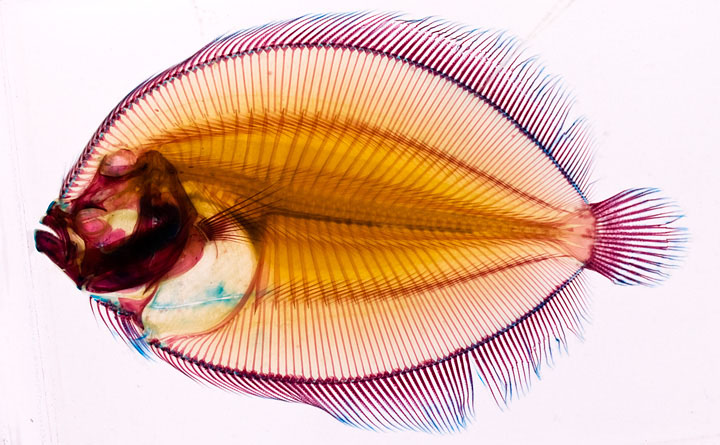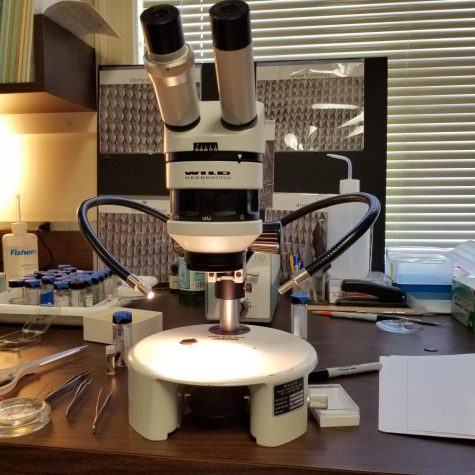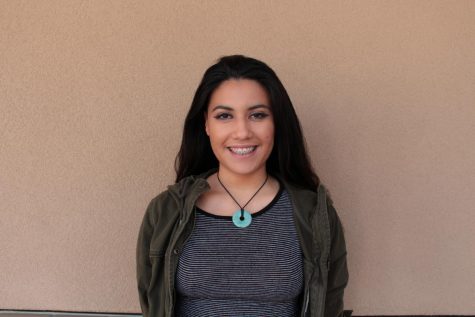Community Colleges Should Offer More Off-Campus Internships
Students develop confidence and professionalism in their field of study
Quote Catalog / Creative Commons
Students have the option of learning how to dissolve specimens’ tissue in a digestive enzyme called Trypson and dying the cartilage and bones with blue and purle dye.
Community Colleges in California are transitioning into a new era of education, finding ways to increase transfer rates, while tailoring curriculums to students’ career goals. Although plans for education reform are always underway, there are other impactful experiences that could help students discover their futures.
One of those experiences is an off-campus research internship, teaching individuals how to develop professionalism, while exposing them to the reality of the work field. Students are currently facing outrageous tuition fees and a fear of investing in an unfulfilling academic journey. With the introduction of more off-campus internships, students would enter the workforce with greater confidence, and proper training to become distinguished scholars solving real-world issues.
One professor that recognizes the value of this process is the reputable Dr. Javier Gago, an Ichthyology (study of fish) expert , teaching marine biology and biology 102 at GCC. He has a contagious passion for ocean life, always finding ways of bringing humor into the classroom. He finds students in his classes with a fervent curiosity for biology and offers them an internship at the Natural History Museum of Los Angeles.
There, students are familiarized with the Ichthyology and Malacology (study of mollusks) departments and their designated curators of those fields. Students are challenged to become independent thinkers, develop hypotheses on various topics, like the evolution of shark fins, whether snails can be photosynthetic, or if ice fish from Antarctica could survive on other planets.
Throughout the semester, students study the museum’s large collection, and learn to use many tools to further develop their research. As they utilize Scanning Electron Microscopes, and use DNA analysis tools to support their research, students take away knowledge and experience, beyond an ordinary internship. In the end, they present their research findings to the museum curators, and the GCC biology faculty.
Raul Flamenco, a former GCC student, an intern of the museum, and currently an environmental biology major at Cal Poly Pomona talked a little about the experience.
“If people know about you and your passions, they will open doors for you. If people see that you work hard and that you are willing to go out of your way to learn more; to ask the hard questions, people will see that you care and offer you opportunities or whatever it may be.”
He spoke about the importance of building relationships with professors, and valuing their experiences, because you never know what opportunities they could share with you. This internship helped him apply classroom concepts into real world problems, like the study of environmental toxicology and how to manage humans’ chemical waste. Not only did this experience direct him closer to his passion, but it taught him the value of teaching these concepts to kids, inspiring those who one day may want to pursue a field in biology. These opportunities manifest into a domino effect of impact, and that’s worth the investment.
In 2018, California Community Colleges Chancellor’s Office created a budget of $150 million to make serious changes to community colleges. Guided Pathways is one program that intends to create services that enhances the community college journey. In order to make this a reality, a part of this budget could be allocated to off-campus internships, creating real world application to classroom concepts. Who knows how far the dominoes’ would fall if this becomes a possibility for students.



